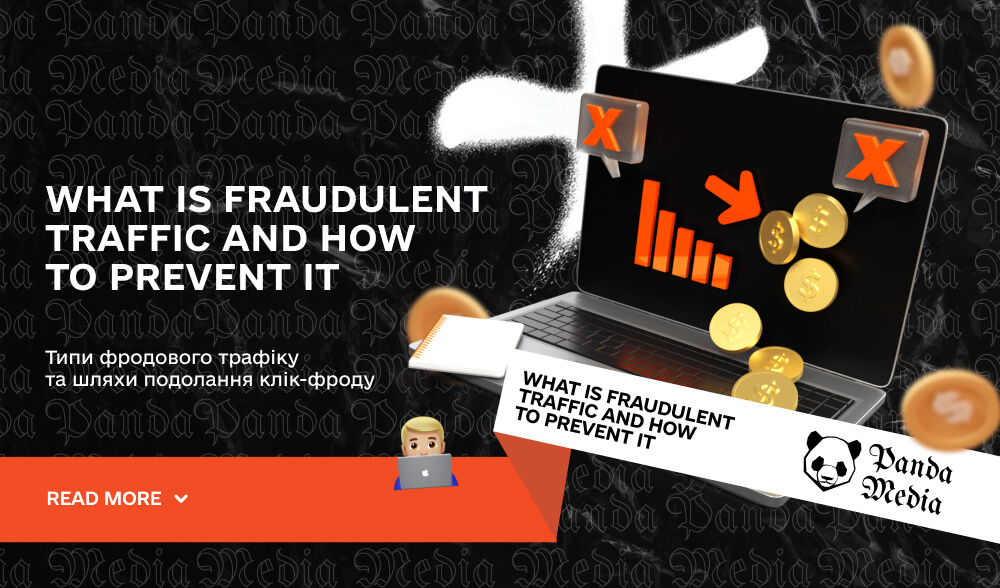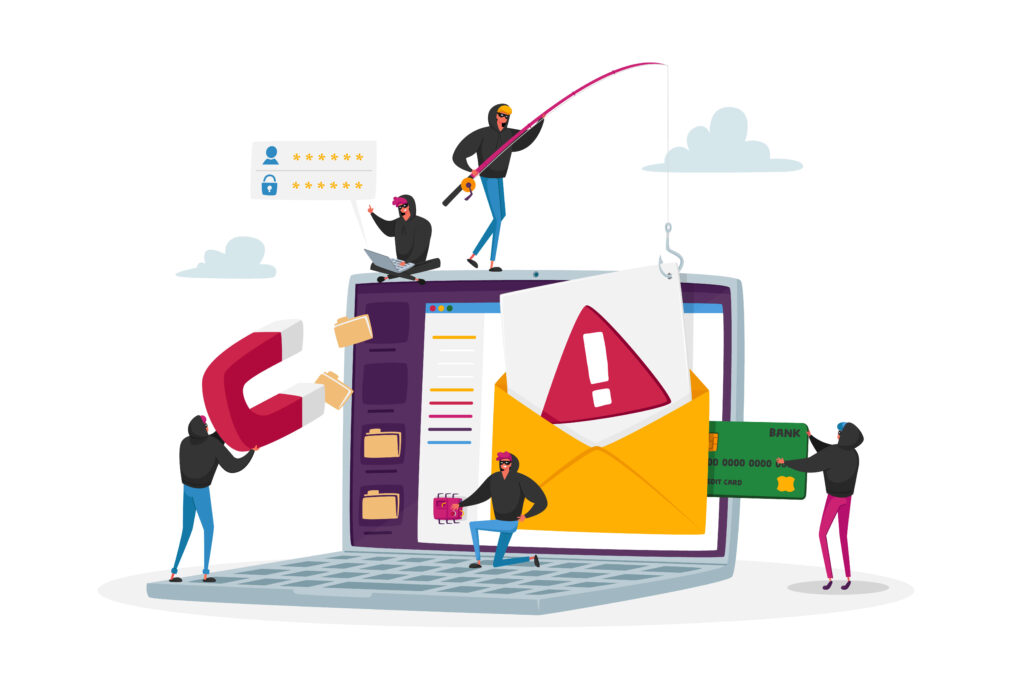Don't miss interesting news

Fraudulent traffic, also called bot traffic, is the generation of website visits by automated programs rather than real users. Fraud creates problems for both advertisers and affiliates. It undermines advertisers’ trust in the web, worsens the position of the offer in the search results, and wastes the time and money of the media buyer.
To counteract fraud, sites and affiliates implement anti-fraud systems, set up advertising campaigns, and create updated blacklists and whitelists. Sometimes, several platforms are added to the blacklist every day: portals can deceive both the web and advertising, attracting bot traffic to the arbitrageur’s link.
We will consider how to distinguish fraud from the activity of real users, solve the issue of anti-fraud systems, and explain how to properly compose blacklists so as not to cut off potentially valuable traffic.

Fraud is always motivated traffic. Fraud sites attract fake interested users. Usually, these are:
Motivated traffic is divided into numerous subtypes that depend on the payment method and the required targeted action.
Click-fraud – fake clicks on ads, the most common type of bot traffic from platforms;
SDK fraud – fake application downloads using fictitious domains. A special application is created that attracts bots to a page on Google Play or AppStore and generates fake downloads.
Lead fraud – bots imitate real interest in the product, turning into fake “leads”. Usually used when paying by the CPL model.
Conversion fraud – the bot tries to imitate the performance of the target action. This is the most complex and dangerous type of fraud that spoils the relationship between an ad and a website, a website, and an affiliate. Often, unscrupulous websites use software to create such bots and send them to the advertiser’s website, which leads to serious financial losses.
There are other types of fraud, from website spoofing to redirects, but we won’t cover them here because they are loosely related to click fraud from push networks. This type of fraud is most likely to be of benefit to arbitrageurs: even if the bot did nothing on the ad page, the website still pays money for a fake click.

To effectively combat click fraud, it is important to choose a high-quality advertising platform, use a tracker, blacklists, and provide detailed analysis.
Don’t rush to choose the first ad network you come across. It is worth analyzing in detail its reputation, capabilities, price offers, audience, daily coverage, reviews, and publications from the network itself, and the frequency of mentions in affiliate programs. The best solution would be to conduct such a study instead of relying only on reviews and information from the network itself.
Why does choosing an ad network matter so much? Networks that care about their reputation create lists of reliable and questionable sites themselves. They reject most fraudulent sites, monitor trusted resources daily, and update their list. A reliable ad network solves the problem of fraud by 95%.
In addition, to detect fraudulent traffic, you need to have something to compare it to. No software will make bots refrain from clicking on your link. You can’t install this software before launching an advertising campaign and forget about the problems. To do this, you need to run at least one campaign before abstention. If you do this through an ad network with a clean reputation, the risk of losing money will be much lower.
After the end of an advertising campaign, it is important to analyze its results. Trackers help with this. Conventional anti-fraud systems are not suitable.
These tracking tools allow you to identify the source of traffic and general metrics such as CR and ROI. They provide comprehensive capabilities for in-depth analysis: you will learn about the sources of clicks, user behavior, their IP addresses, and time spent on the site.
After stopping an ad campaign, you will get intermediate results. To identify fraud, it is important to observe the behavior of real users.
It’s not that hard to distinguish real from fake users. Tracker capabilities will help you understand how the visitor behaved on the site: how much time they spent on it, whether they reached the end of the page, how quickly they performed the target action, and whether they performed it at all. These parameters are unique and depend on your advertising campaign, offer, creative, landing page, geo, etc. Usually, analytics is used to find successful combinations, but it is especially important in the fight against fraud.
The functionality of creating blacklists is available in both ad networks and trackers.
A blacklist is a list of non-trusted sites for our offer that do not bring CR, negatively affect ROI, and drive us lousy traffic. In response to this list, we create a white list of sites where we want to increase the activity of advertising creatives. Despite the benefits of white lists, the main role in counteracting fraud is played by blacklists.
It is impossible to block traffic from a specific platform with the help of a tracker. However, the tracker determines which platforms should be excluded, generates their names and links, and adds them to a special list, which is then transmitted to the ad network. The ad network, in its turn, adds these platforms to the distrust list so that your ads are not displayed on them.
However, this is the entire capability of the tracker. It is more effective to contact the ad network or advertiser directly before the next ad placement and provide them with blacklists to prevent your offer from being placed on fraudulent platforms.
To effectively fight fraud, it is important to have a reliable ad network, trackers, regular analysis, and carefully prepared blacklists. Fraud affects the interests of both the web and advertising. When cooperating directly with advertising, do not hesitate to raise this issue. Demonstrate your blacklist, justifying it with analysis data. This way, the advertiser will include platforms with fake traffic in their blacklist in the future, and you won’t have to repeat this work when changing ad networks.